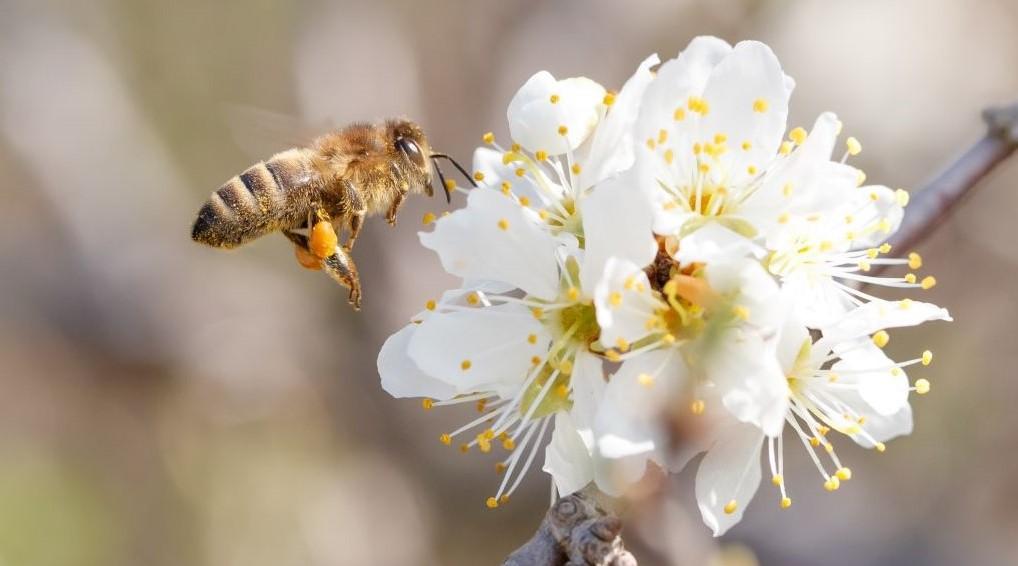
Top 5 early signs of spring
Found any frogspawn in the Heart of England Forest yet? Beamed at blossom, or smiled at the sound of birdsong building? Spring officially begins on 20th March , but there are already welcome signs that nature is getting ready to burst into life.
Here are 5 signs of spring to look out for
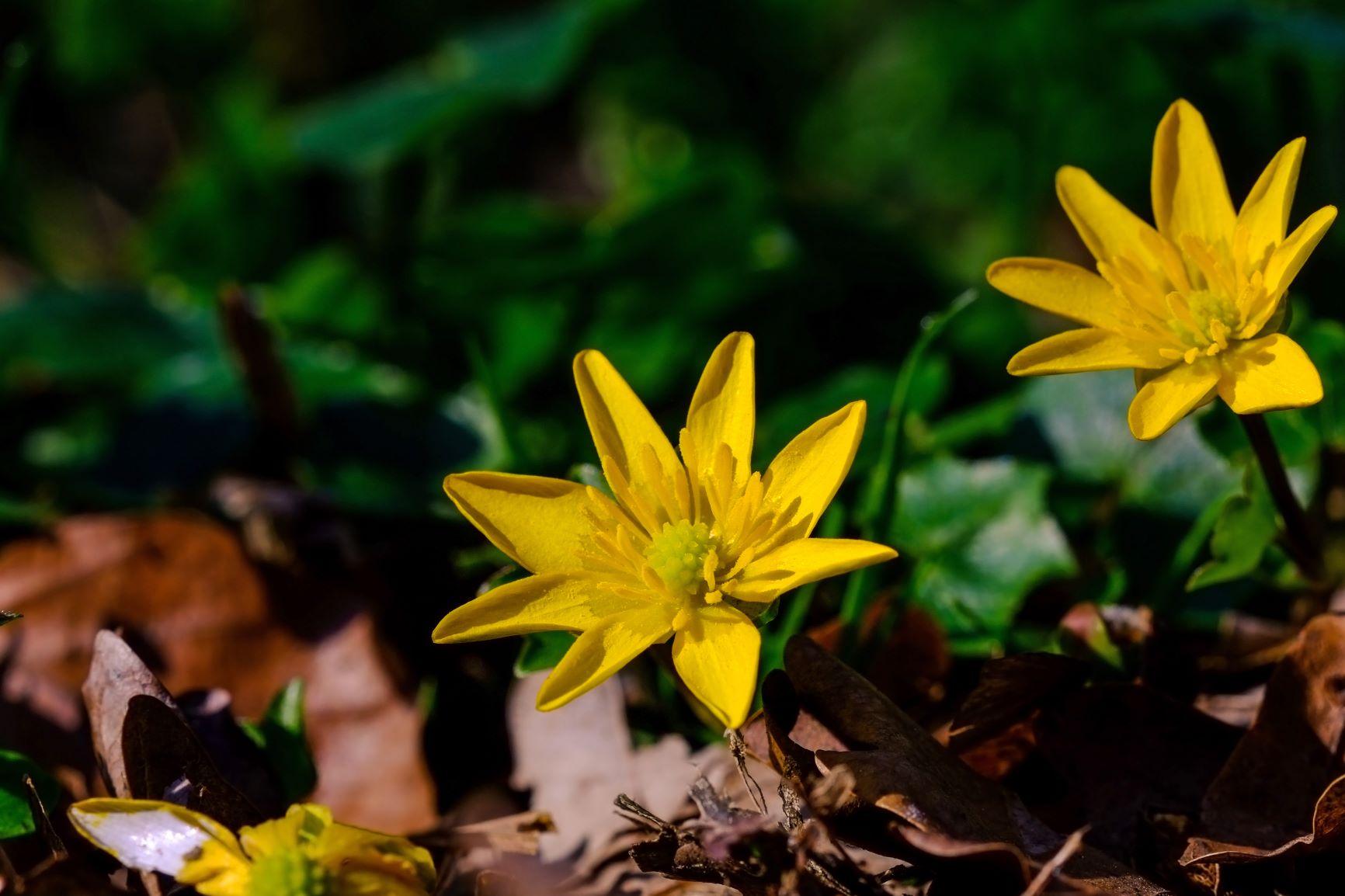
1. Lesser celandine
Among the first flowers of the year, look out for these shiny golden star-like flowers with their deep green heart-shaped leaves. They are a member of the buttercup family and often blanket large swathes of the woodland floor. They favour damp woodlands, meadows, and the banks of streams.
To help you find and identify wildflowers this spring, use our handy spotter’s guide.

2. Hazel catkins
One species that is a sure-fire pointer to the onset of spring is hazel. Catkins are the male flowers of the hazel tree and first appear as the leaves fall during autumn, looking like little grey sausages on the ends of the twigs.
At this time of year, they lengthen into the familiar ‘lamb’s tails’ (pollarded hazel was traditionally used for lambing pens) and turn golden with pollen that blows on the spring breezes to fertilise the females, which have tiny, crimson flowers near their leaf buds.
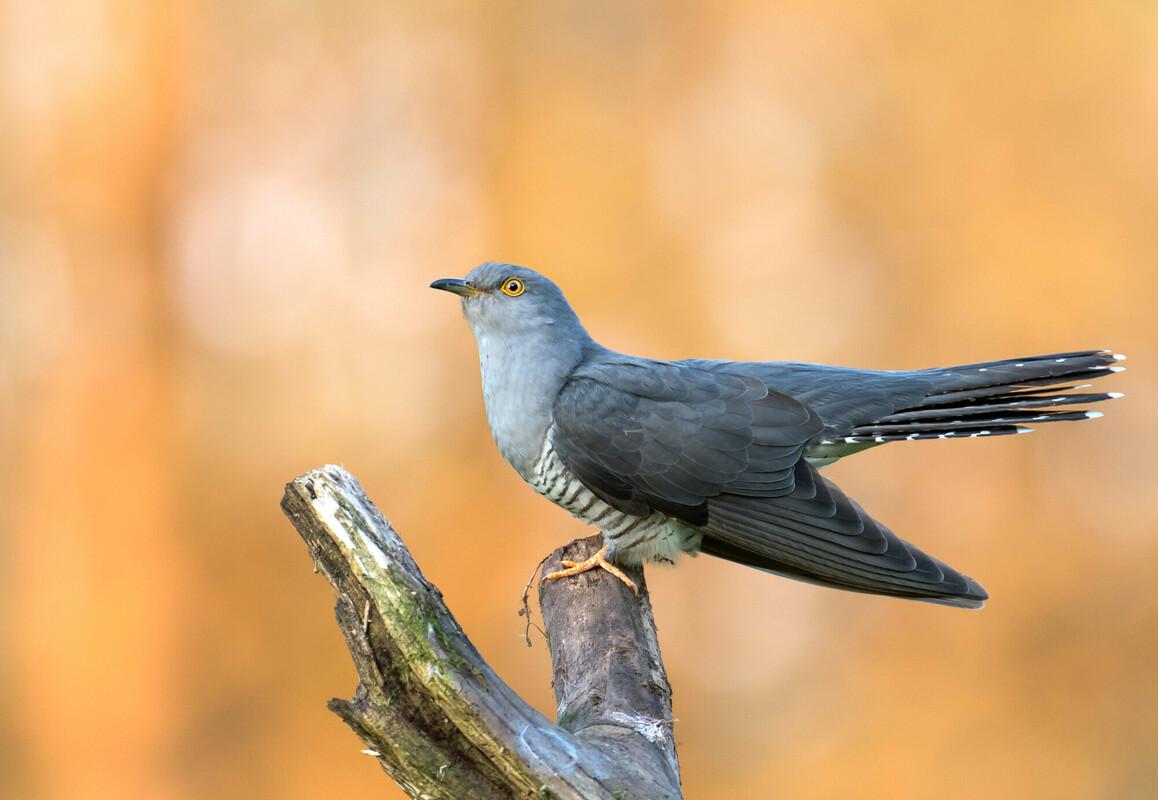
3. Cuckoo
For some spring only truly arrives when the first cuckoo call is heard. Regular surveys by the Heart of England Forest team tell us that cuckoos are still to be found in the woodlands right across the Forest. While spotting one is a rare treat (look out for long pointed wings, a long tail and barring underneath) it is still the call of the male cuckoo that evokes great excitement. Keep an eye and an ear out when you visit the Forest.
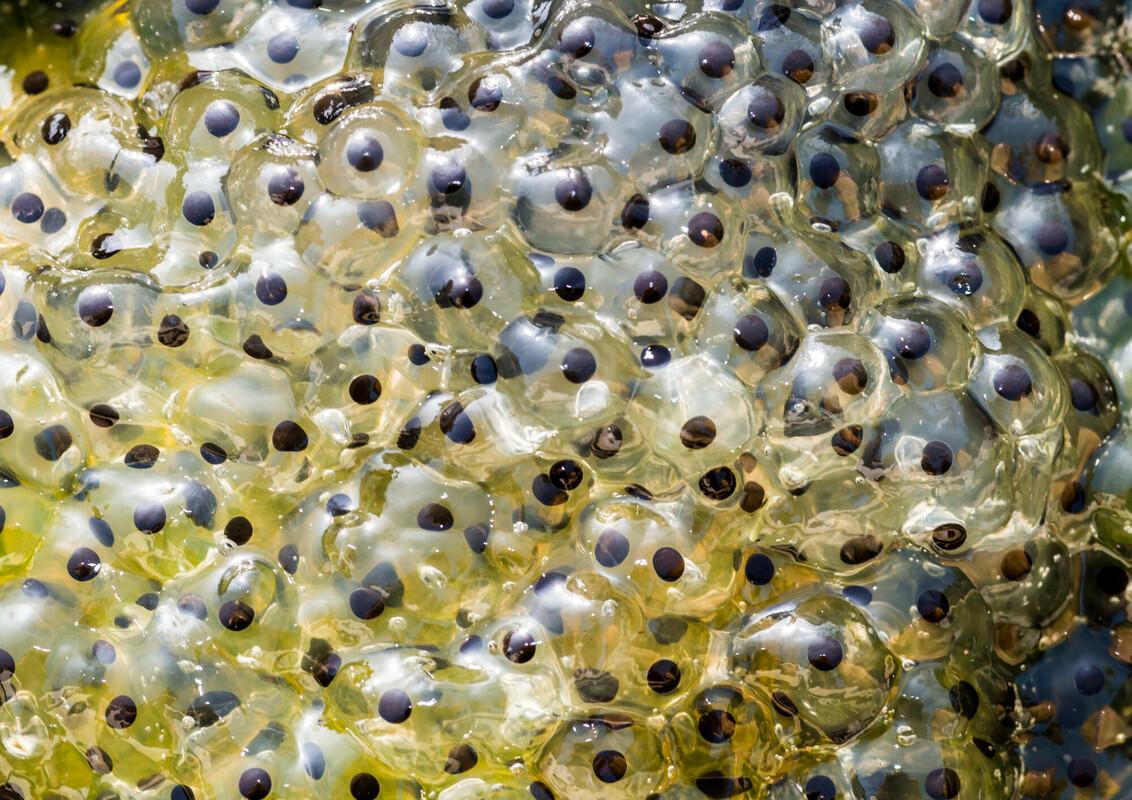
4. Frogspawn and toadspawn
Spring is great time for frog and toad spotting as both species are at their most visible as they embrace breeding season. With the weather warming up, frogs and toads emerge from their winter hibernation and head towards favoured breeding grounds to spawn.
Both frogspawn (pictured) and toadspawn can be found in the Forest's ponds, but how can you tell them apart? Frogs lay a cluster of jelly-like eggs, whereas toadspawn is in long ribbons. When they hatch, toad tadpoles remain jet-black, but frog tadpoles like these are mottled greenish-grey with gold speckles.
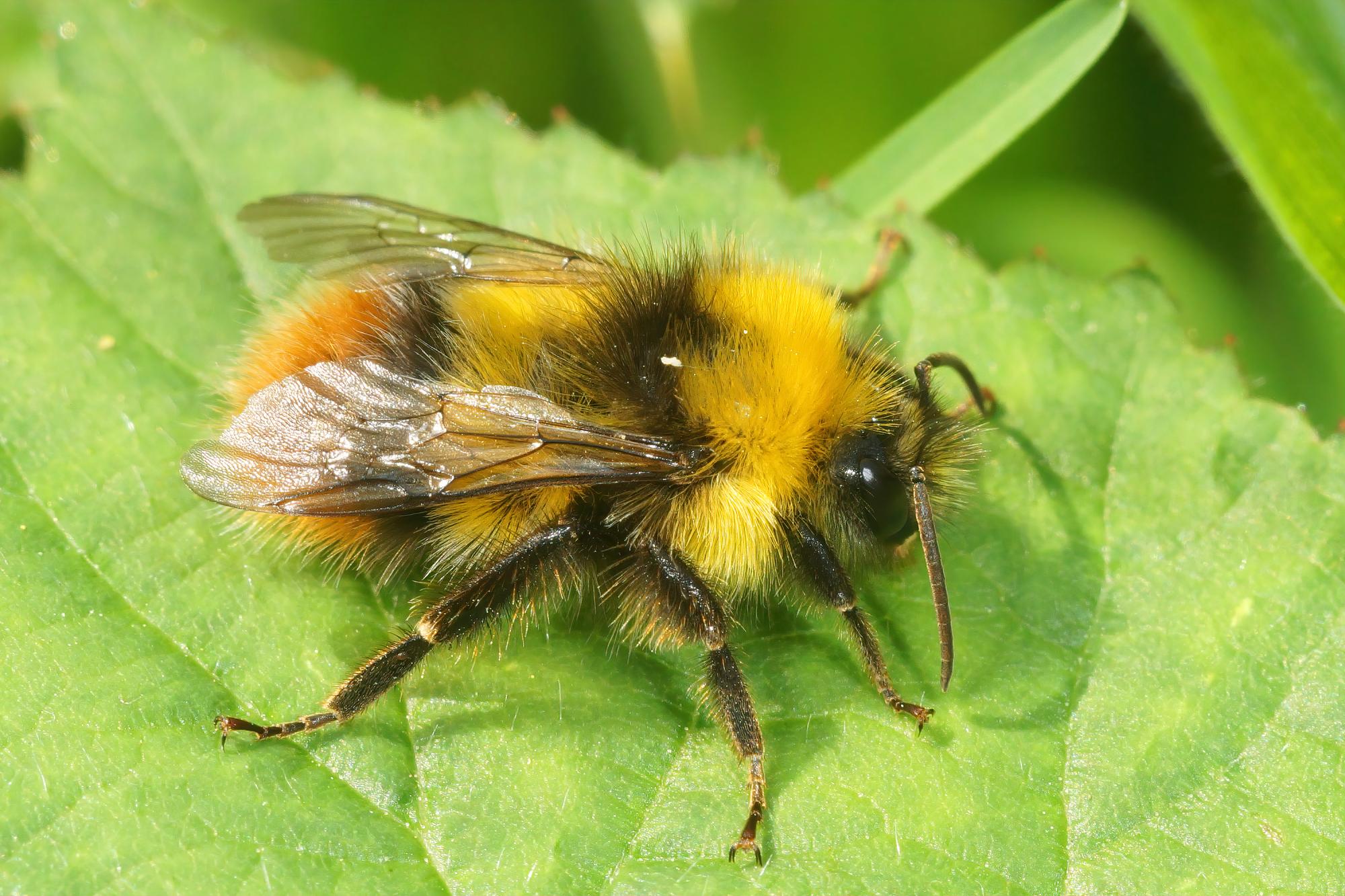
5. Early bumblebee
Our transect surveys have discovered early bumblebee at College Wood, a common bumble bee species which is one of the first to leave hibernation – hence its name. One the UK’s smallest bumblebees, it has lemon-yellow bands on its body and an orange tail.
The Bumblebee Conservation Trust has a great tool on their website that you can use to identify the bees you see.
Share your spring sights
Let us know the signs of spring that you see when in the Forest. Share your photos to our Facebook, Instagram or Twitter pages using #HeartofEnglandForest. Tell us as well about the spring sounds that you hear, such as the ‘koo-kooo’ call of the cuckoo, and where in the Forest you heard it.
Use our handy spotter’s guides to identify spring birds, butterflies, and flowers.



